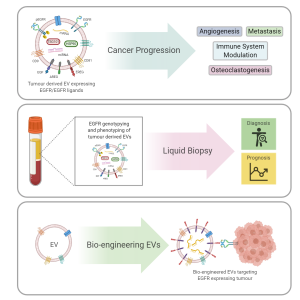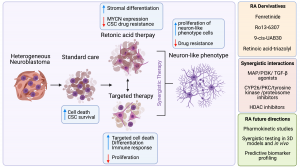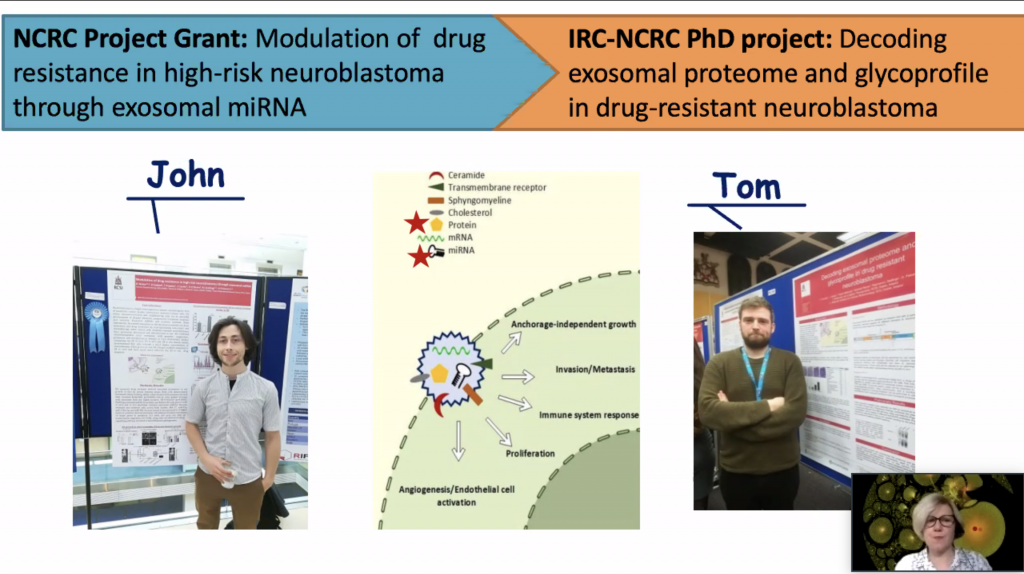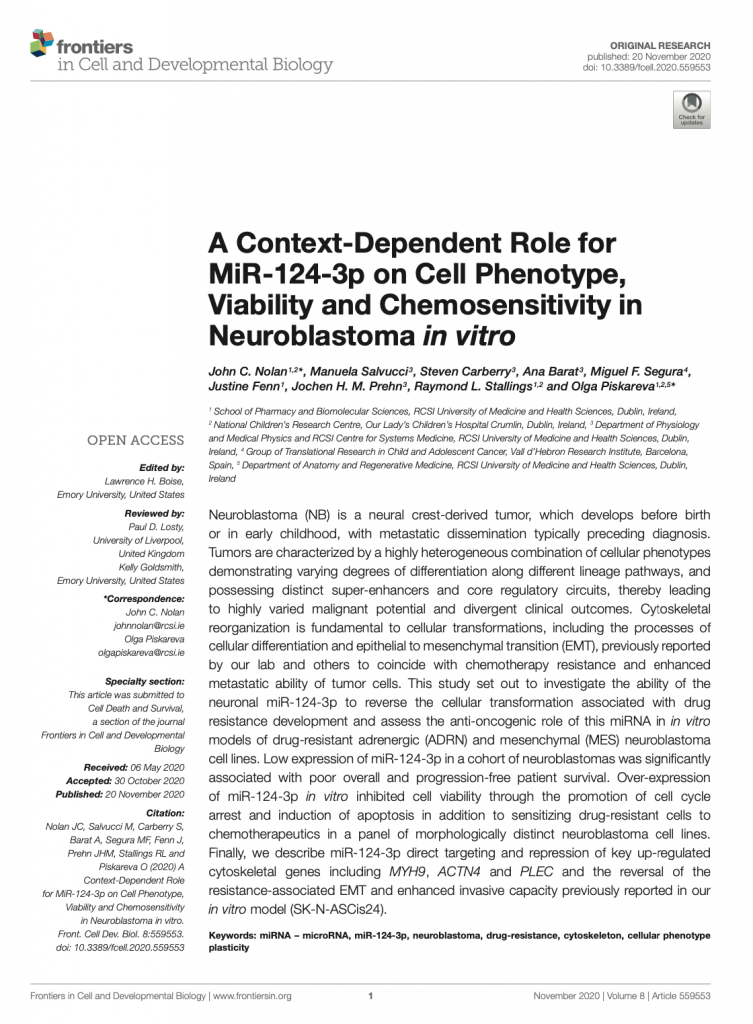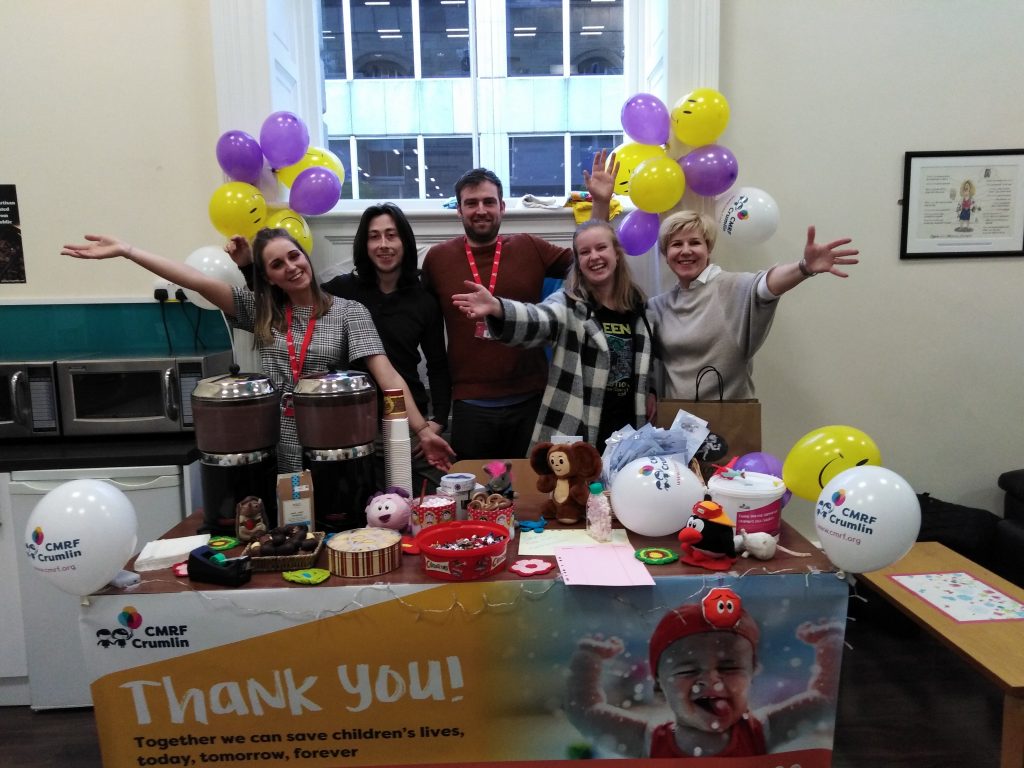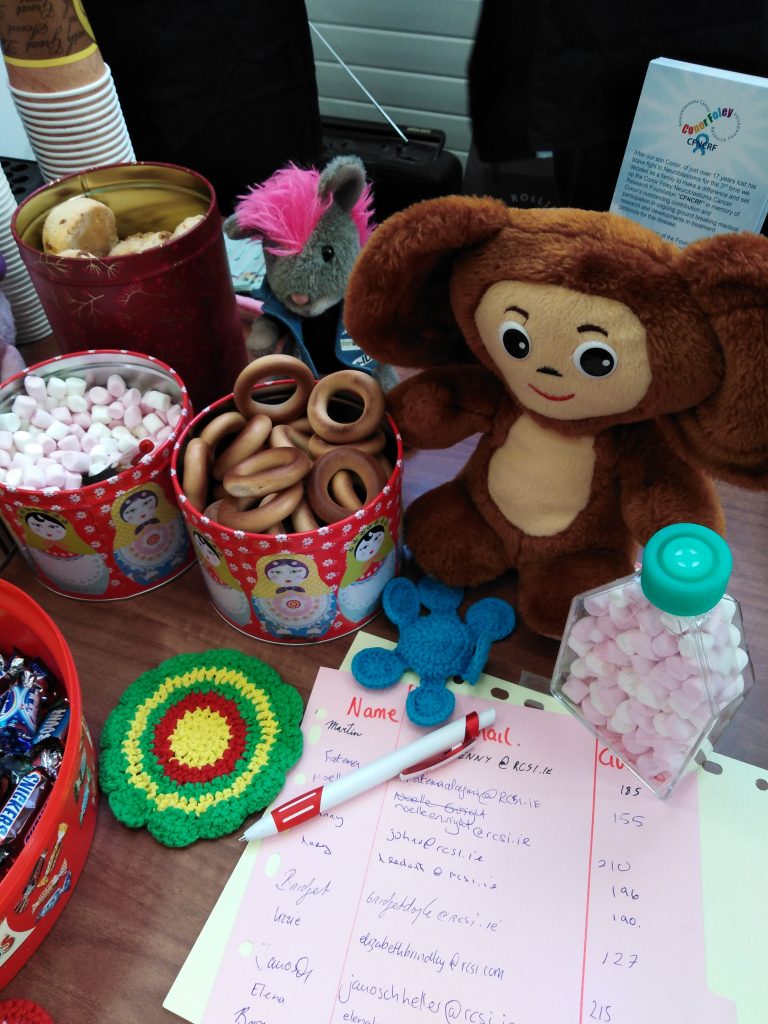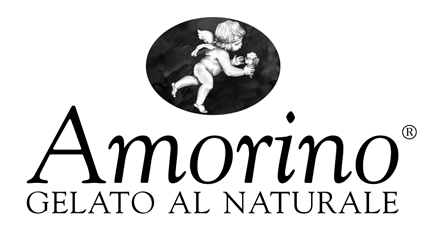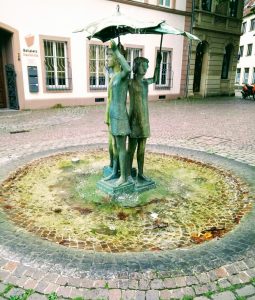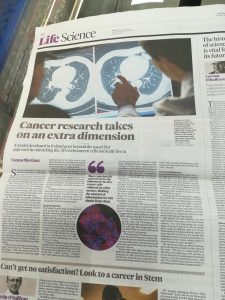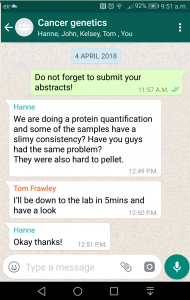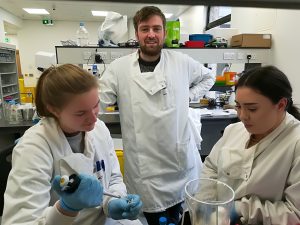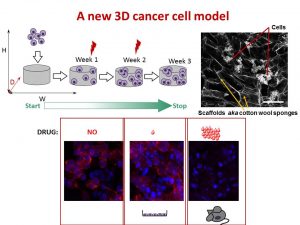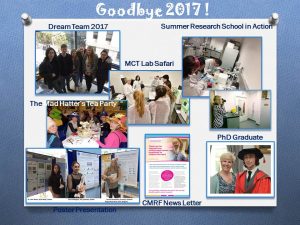Regardless COVID19 pandemic, we continue to host undergraduate students from various Universities for their research projects. Two students, Carla and Chris, from the Technical University of Dublin, carried out BSc projects remotely. Having in-house datasets and many more published in open access, their projects were focused on bioinformatics, re-analysing them and giving a second look. Both Carla’s and Chris’ research received the highest score in their classes. Many congratulations – well deserved!! We wish to thank both for their kind words and willingness to share their story.
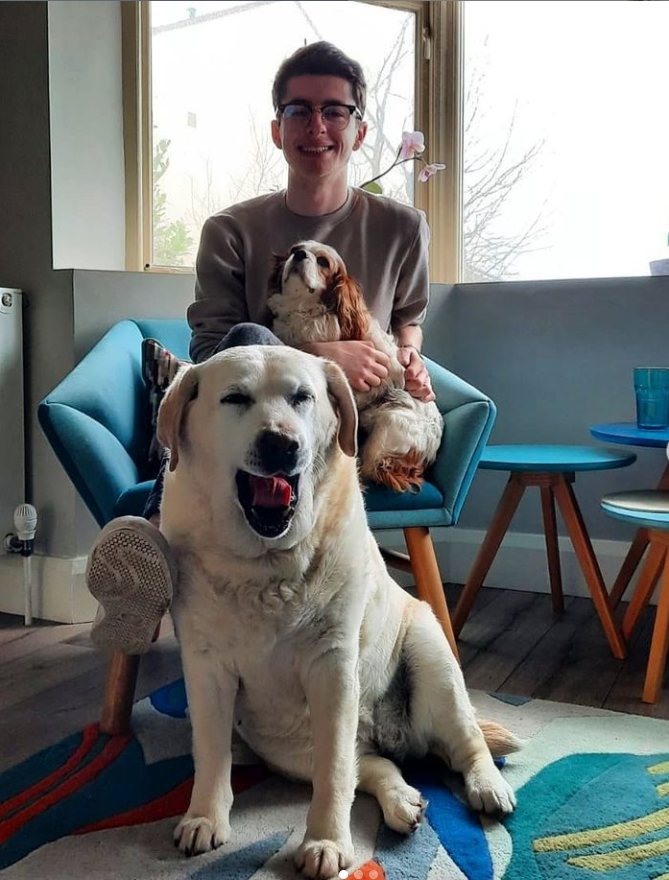
“My project concerned analysing the exosomal miRNA expression of neuroblastoma cells in response to chemotherapy. Though the project was not too large, it certainly was the largest project I have ever taken part in. The work Dr. Piskareva and her team are conducting is so interesting and novel that I felt very fortunate to be participating in such an exciting field. Despite the novel and complex nature of the topic, the project was extremely engaging, allowing for an opportunity to learn new valuable research and data analysis skills. I was able to get very useful and helpful feedback regularly from everyone on the research team, where there was a very welcoming and positive attitude. This made the topic seem less daunting and my goals more achievable. I was really happy with my results, and I am excited to see where they may lead in the future. Some of the miRNAs identified in the analysis may represent potential biomarkers or therapeutic targets for high-risk neuroblastoma patients. As I have yet to experience any lab-based research, it was cool to see the team’s approaches and applications of lab techniques and analysis strategies to see how research is conducted in the “Real World” after seeing these topics before only in lecture notes. Overall, the project was challenging but very rewarding and enjoyable. Throughout the project, the overall experience, the excitement of the results coming together, and the realisation that I may have something to contribute to this field of research cemented the idea in me that this is certainly the path I wish to pursue in science and for that, I would like to thank Dr. Piskareva and her team for such a positive and educational experience during my time with them.“
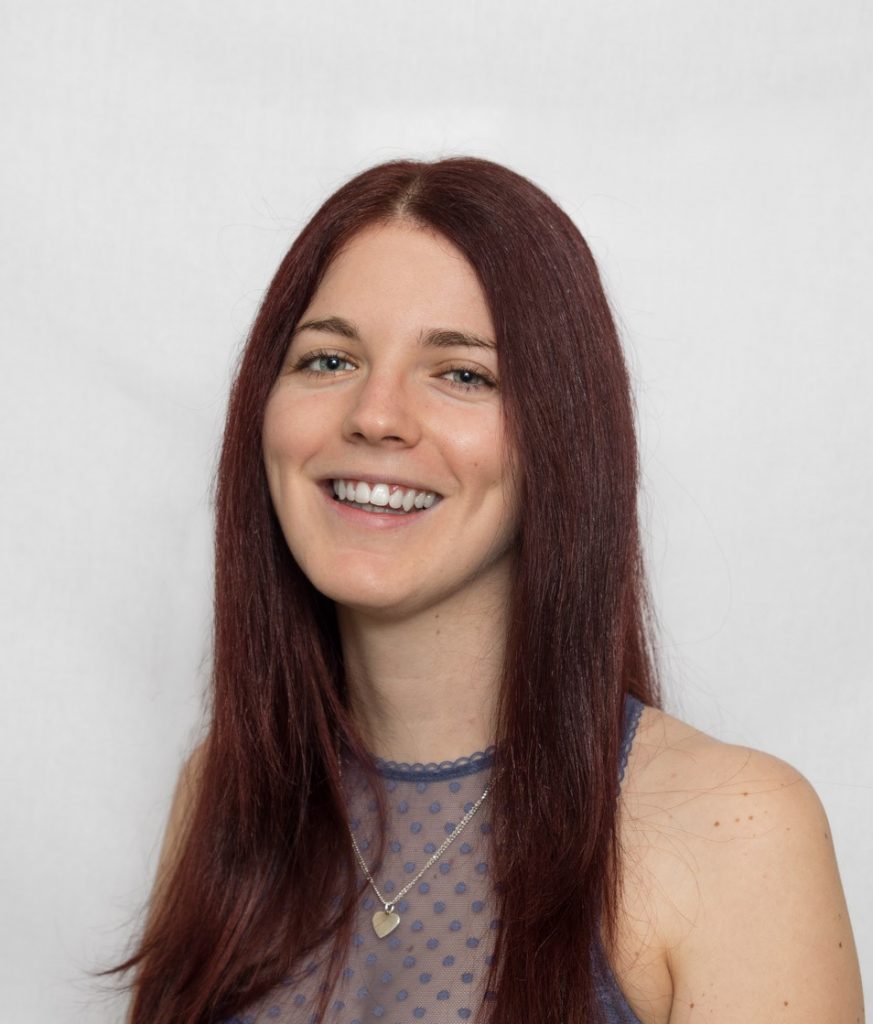
“During my final year project, I had the unique and amazing opportunity to work under the supervision of Dr. Olga Piskareva. The purpose of my thesis was to assess the clinical significance of Tumour Necrosis Factor Receptor Superfamily Member 1B and Member 4 (TNFRSF1B and TNFRSF4) in neuroblastoma patients. I accomplished this by analysing the gene profiles of several tumours using bioinformatic tools. In addition, I investigated the potential of microRNAs as therapeutic agents for neuroblastoma treatment. I thoroughly enjoyed carrying out this research project, and I hope the findings from my thesis can aid future research into the pathogenesis of neuroblastoma and the development of effective treatments for these children.“
Best of luck to Chris and Carla in their next endeavour!


